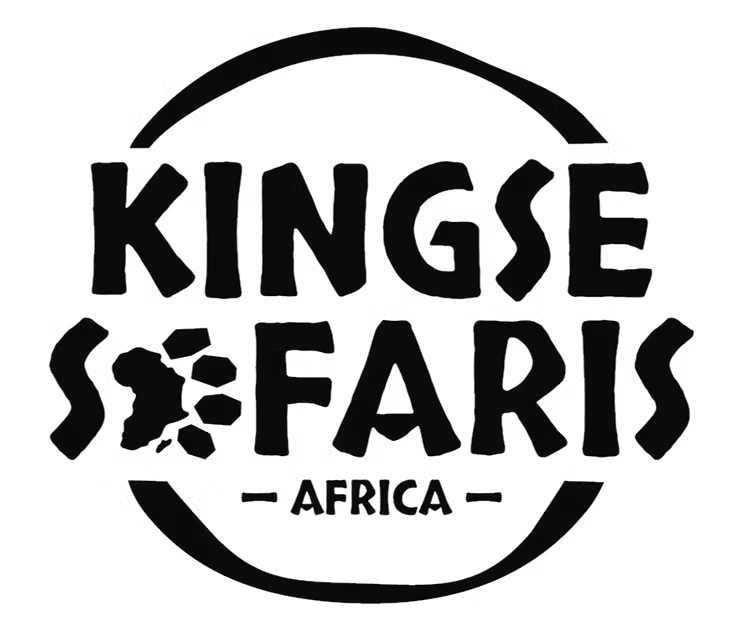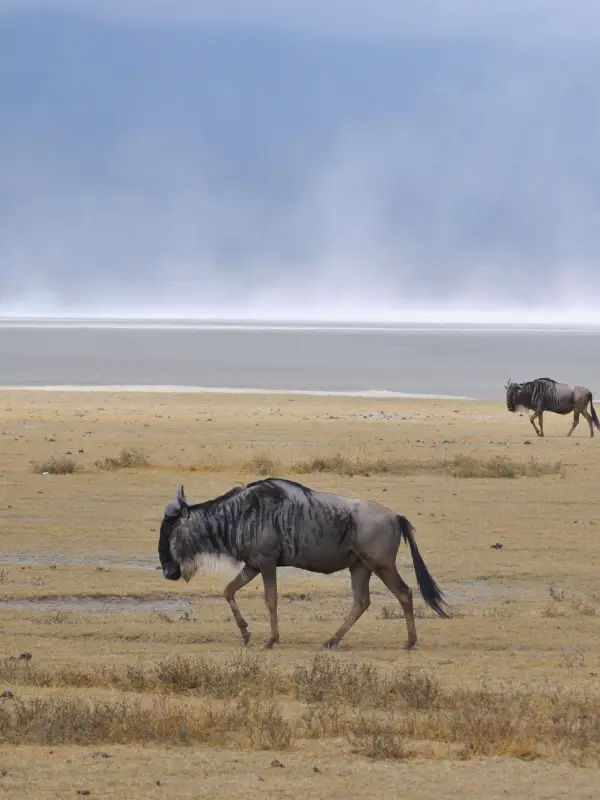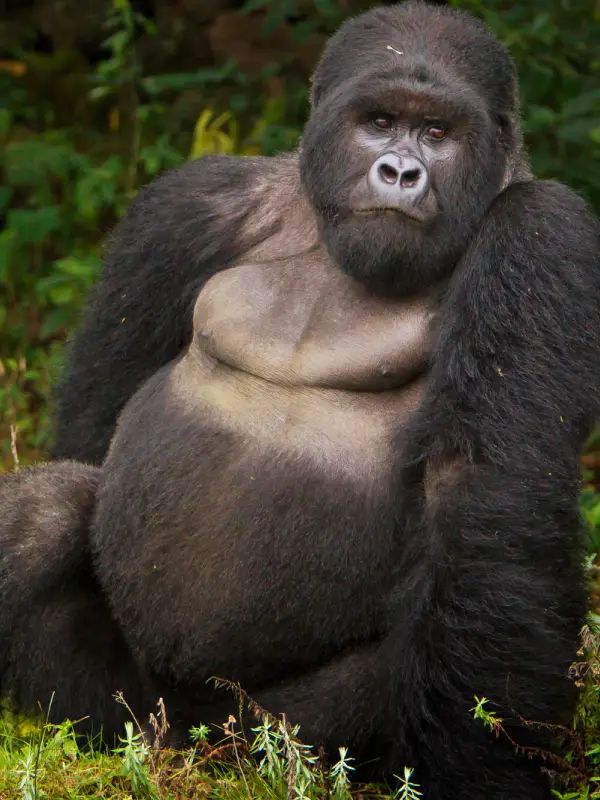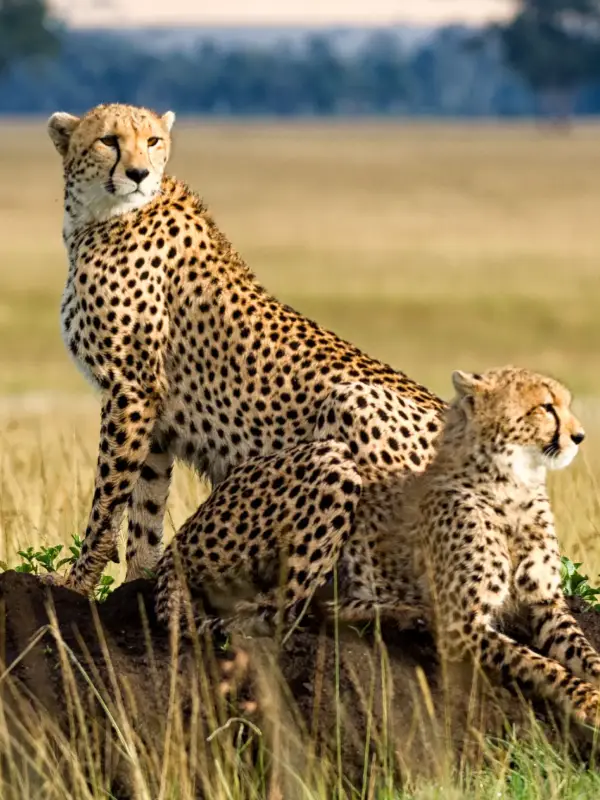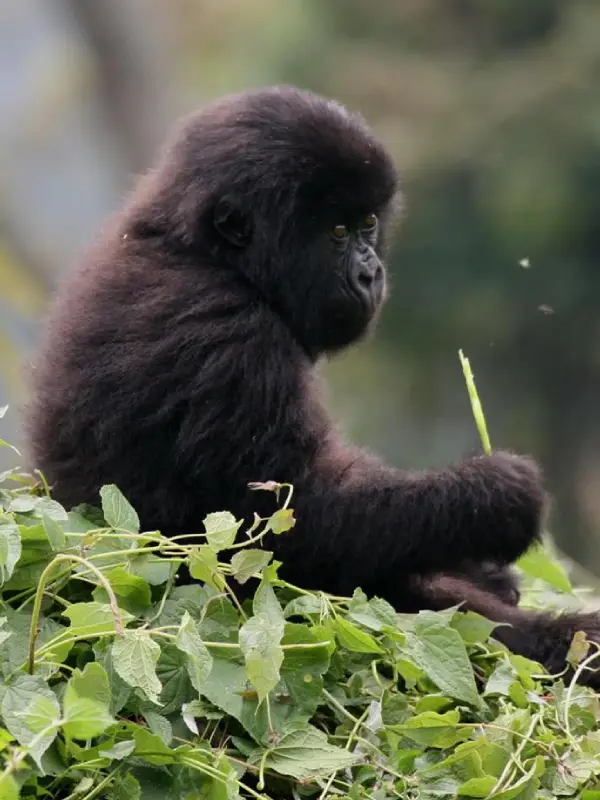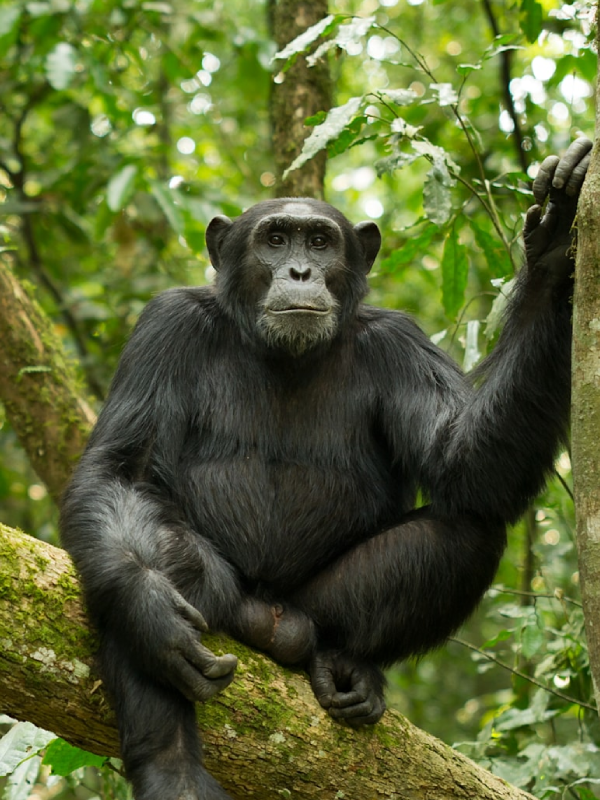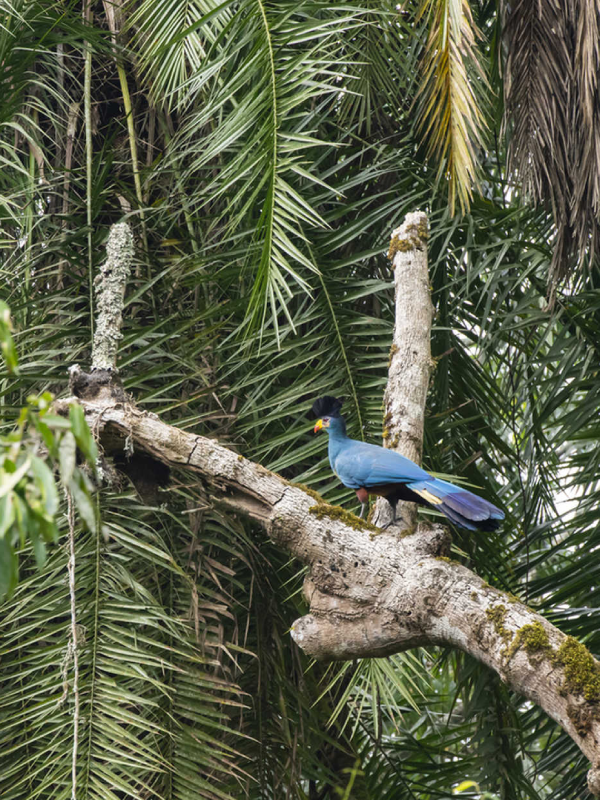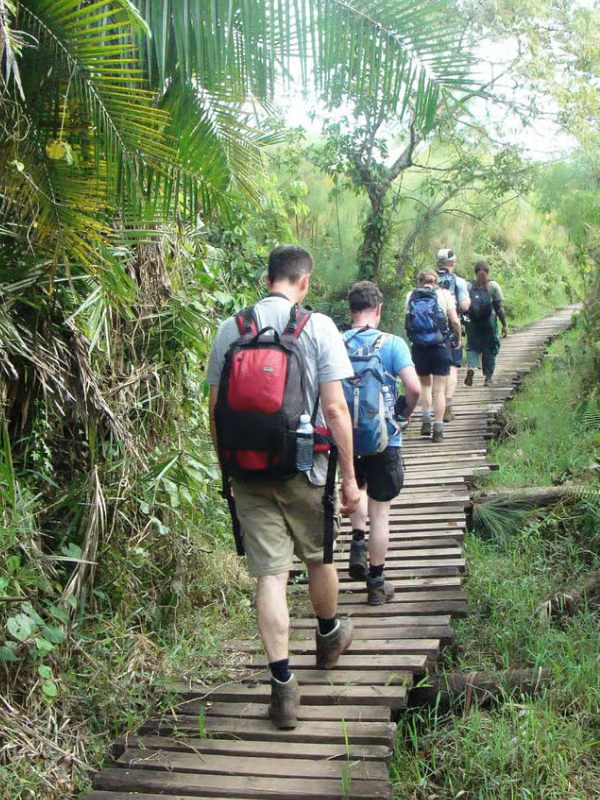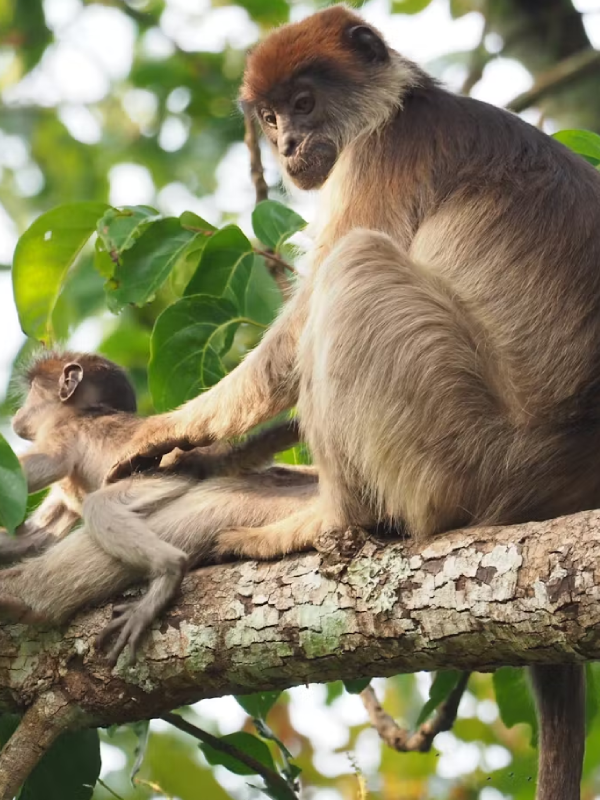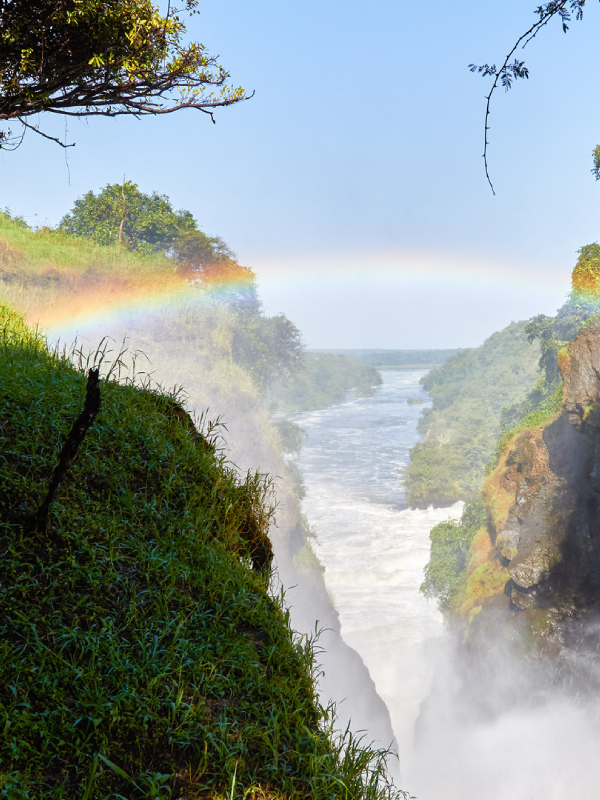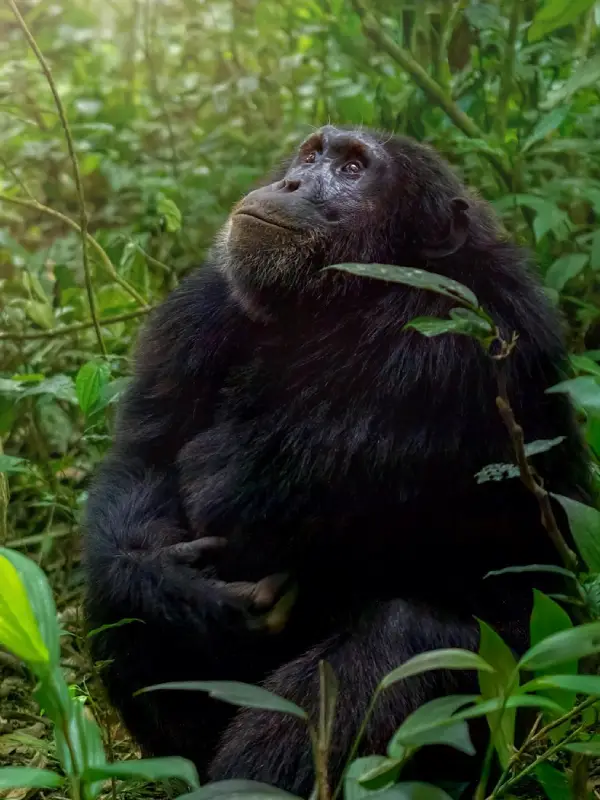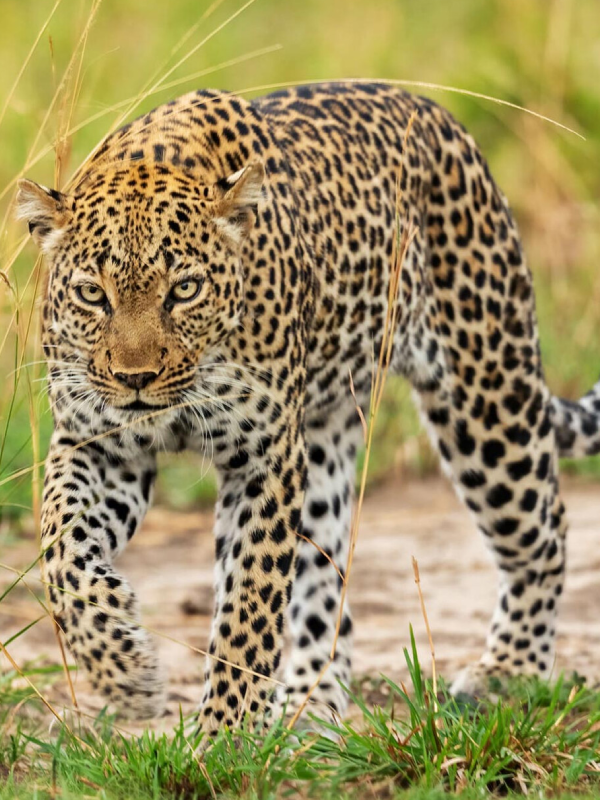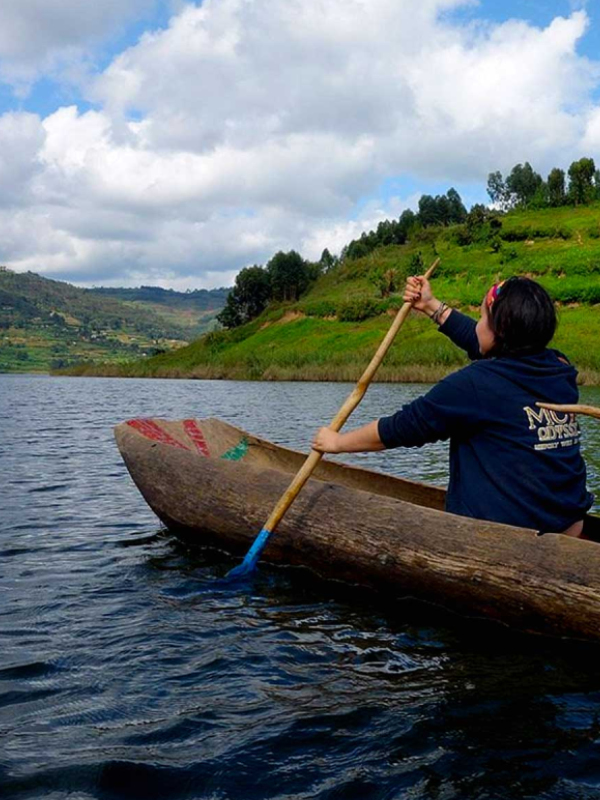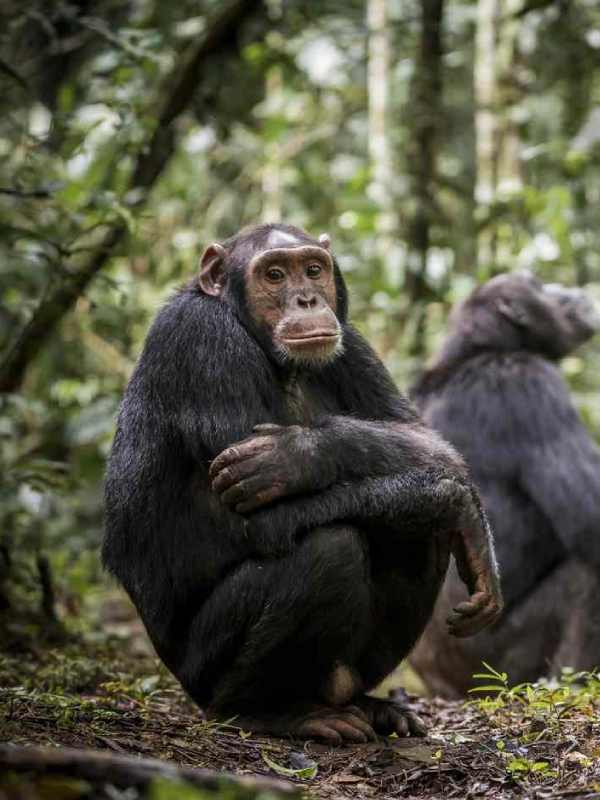Uganda
Kibale National Park
Discover Primate Paradise in Uganda’s Lush Kibale National Park
Kibale National Park, Uganda’s famed monkey refuge, combines deep tropical forests with incredible wildlife richness. It is home to lively chimpanzees, unique bird species, and vivid vegetation, and it provides spectacular hikes across diverse environments overflowing with life and natural beauty.
Area
776 sq km
Established
Spot rare species.
Location
Western Uganda
Altitude
1,100 - 1,600 m
Area
776 sq km
Established
Spot rare species.
Location
Western Uganda
Altitude
1,100 - 1,600 m
Explore Kibale’s Rainforests and Encounter 13 Unique Primate Species
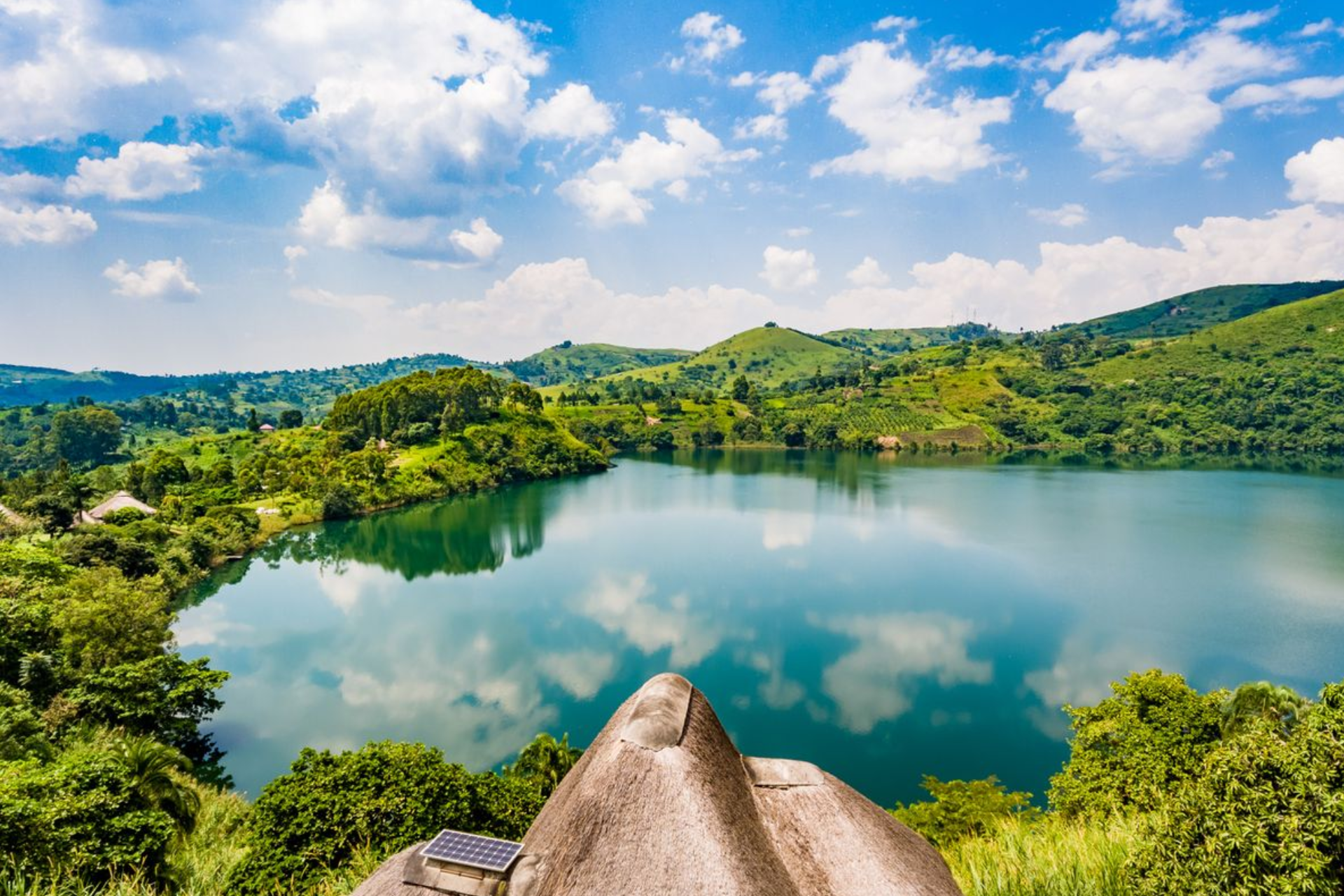
Kibale National Park is a lush realm where dense rainforest meets a thriving diversity of wildlife. Known for its exceptional primate population, it offers one of Africa’s best chimpanzee trekking experiences.
The park spans 795 square kilometers and rises to 1,590 meters at its highest point. This elevation creates a cool, fresh climate perfect for exploring its vast network of trails.
Its vegetation is a fascinating mix of evergreen and deciduous forests, which dominate the plateau, while woodland and savanna fringe the rift valley floor. Towering trees form a semi-closed canopy, sheltering ferns, shrubs, and forest grasses.
Beyond its 13 primate species, Kibale shelters rare mammals, elusive predators, colorful butterflies, and over 350 tree species. Each visit reveals new wonders, from echoing chimp calls to the rustle of monkeys above, making it a premier destination for nature lovers and wildlife explorers alike.
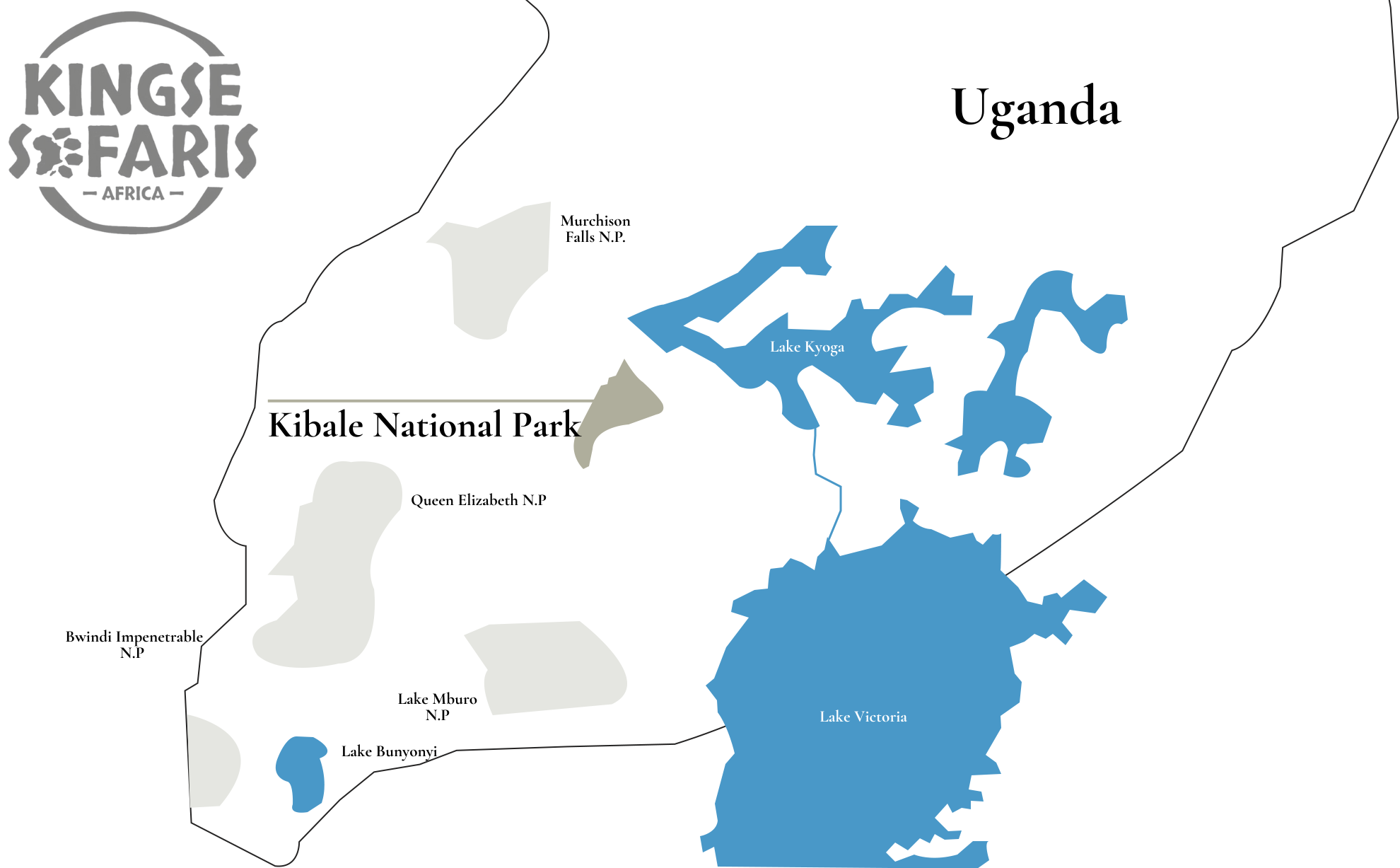
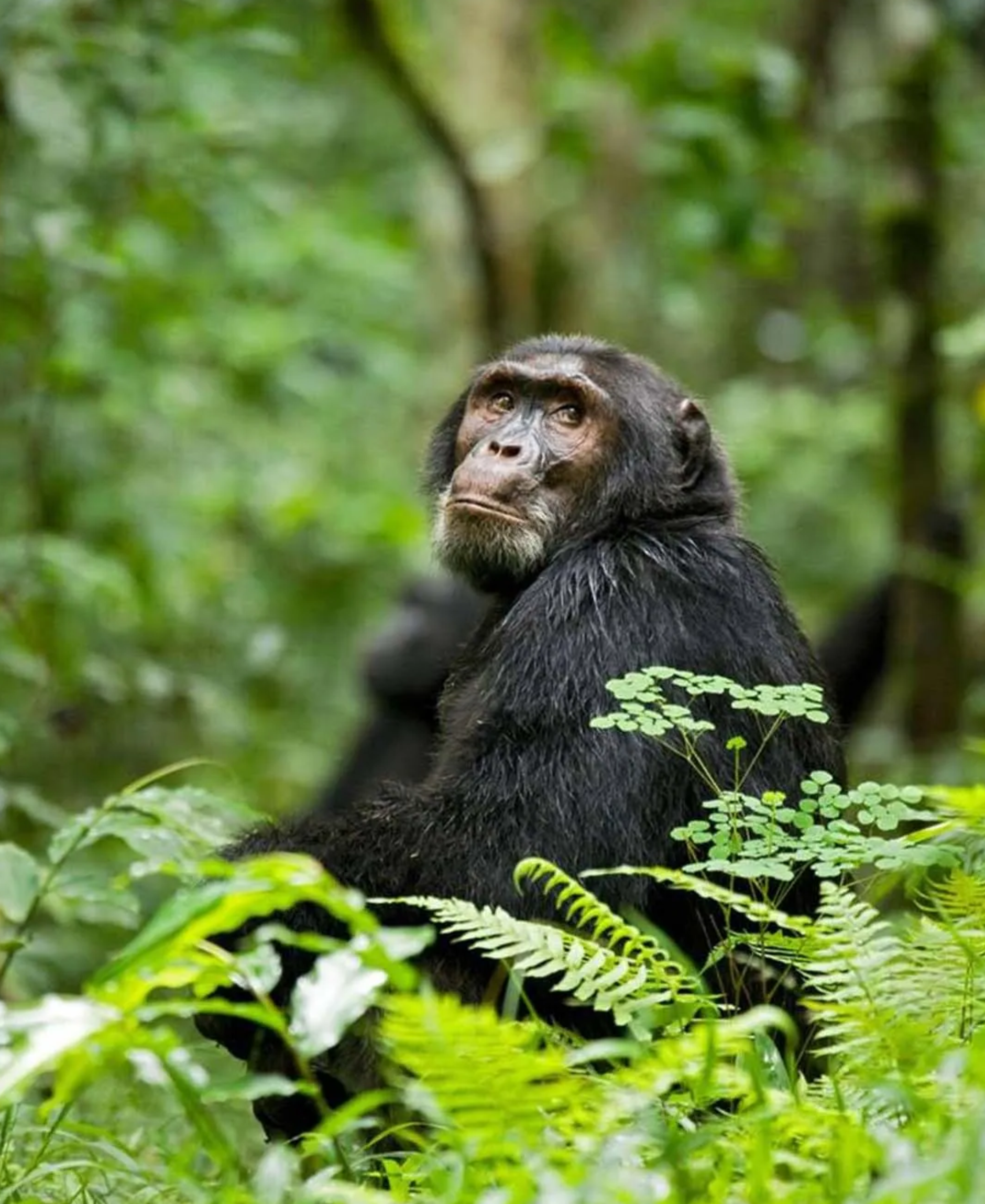
Best Time to Visit Kibale National Park
Kibale National Park is accessible all year, but January, February, June, and July offer the driest trails for trekking. May and December also provide favorable conditions, making wildlife encounters rewarding in every season.
Best Time
Jan to Feb & Jun to Jul
High Season
Jun to Sep
Low Season
March to May – Oct to Nov
Best Weather
Jan to Feb – Jun to Jul
Best Time
Jan to Feb & Jun to Jul
High Season
Jun to Sep
Low Season
March to May – Oct to Nov
Best Weather
Jan to Feb – Jun to Jul
Discover East Africa's Best Safari Packages
7 Days Tanzania Safari
5 Days Rwanda Safari
7 Days Kenya Safari
7 Days Uganda Safari
Why Visit Kibale National Park, Uganda’s Green Wonderland
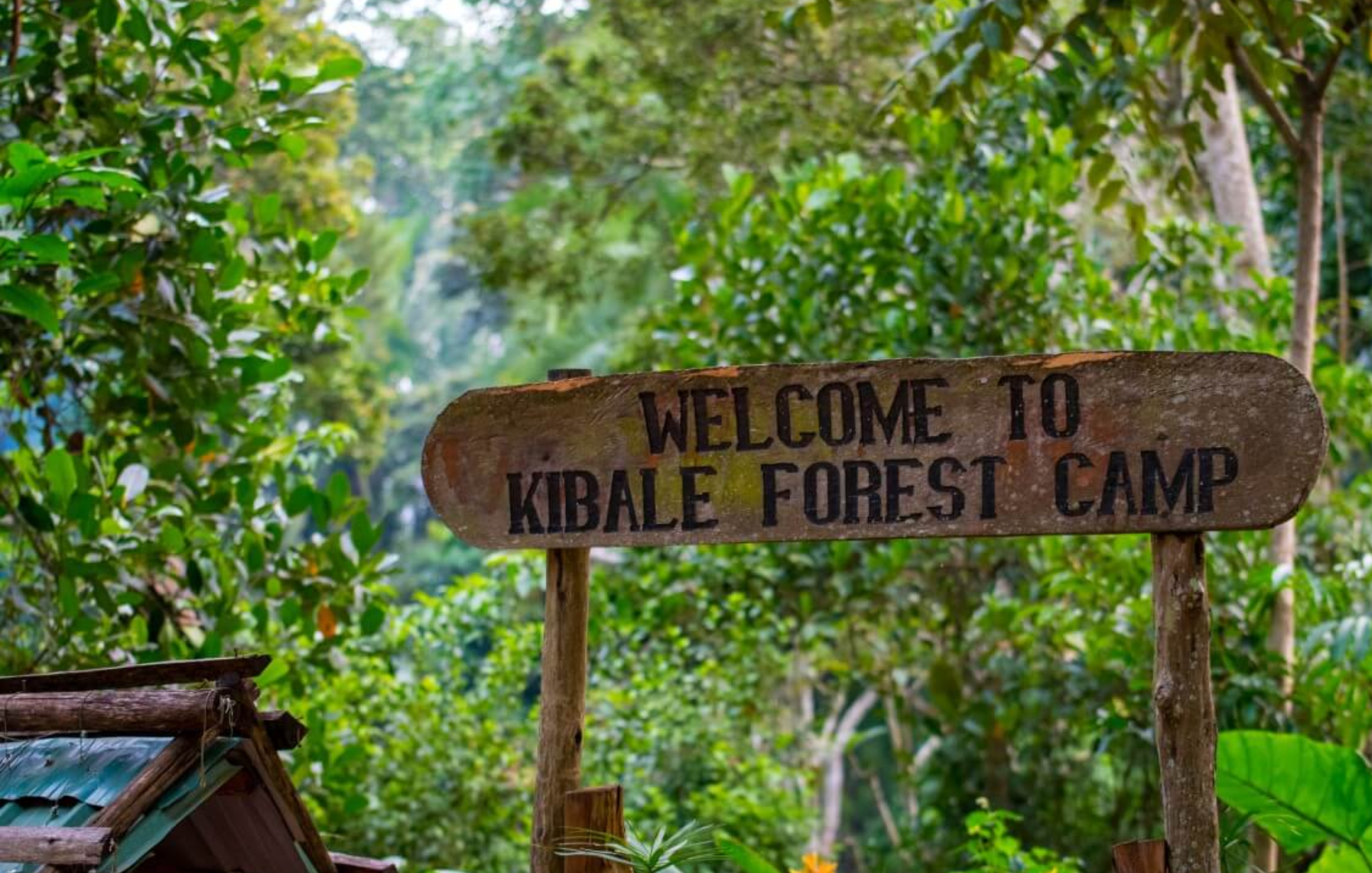
Kibale National Park is a place of green forests, fresh air, and calm surroundings. It is a destination where visitors can walk under tall trees and hear the sounds of the wild.
The park is known for its cool climate, which makes long walks and guided tours enjoyable. Walking here gives travellers a chance to see natural vegetation, streams, and peaceful forest corners.
Local communities around the park welcome visitors with cultural experiences. You may learn about traditional practices, taste local food, or join community projects that support conservation.
Evenings in Kibale are quiet and refreshing, with the forest alive with calls of distant animals and birds. For travellers seeking nature, culture, and relaxation, Kibale National Park offers a gentle and rewarding escape.
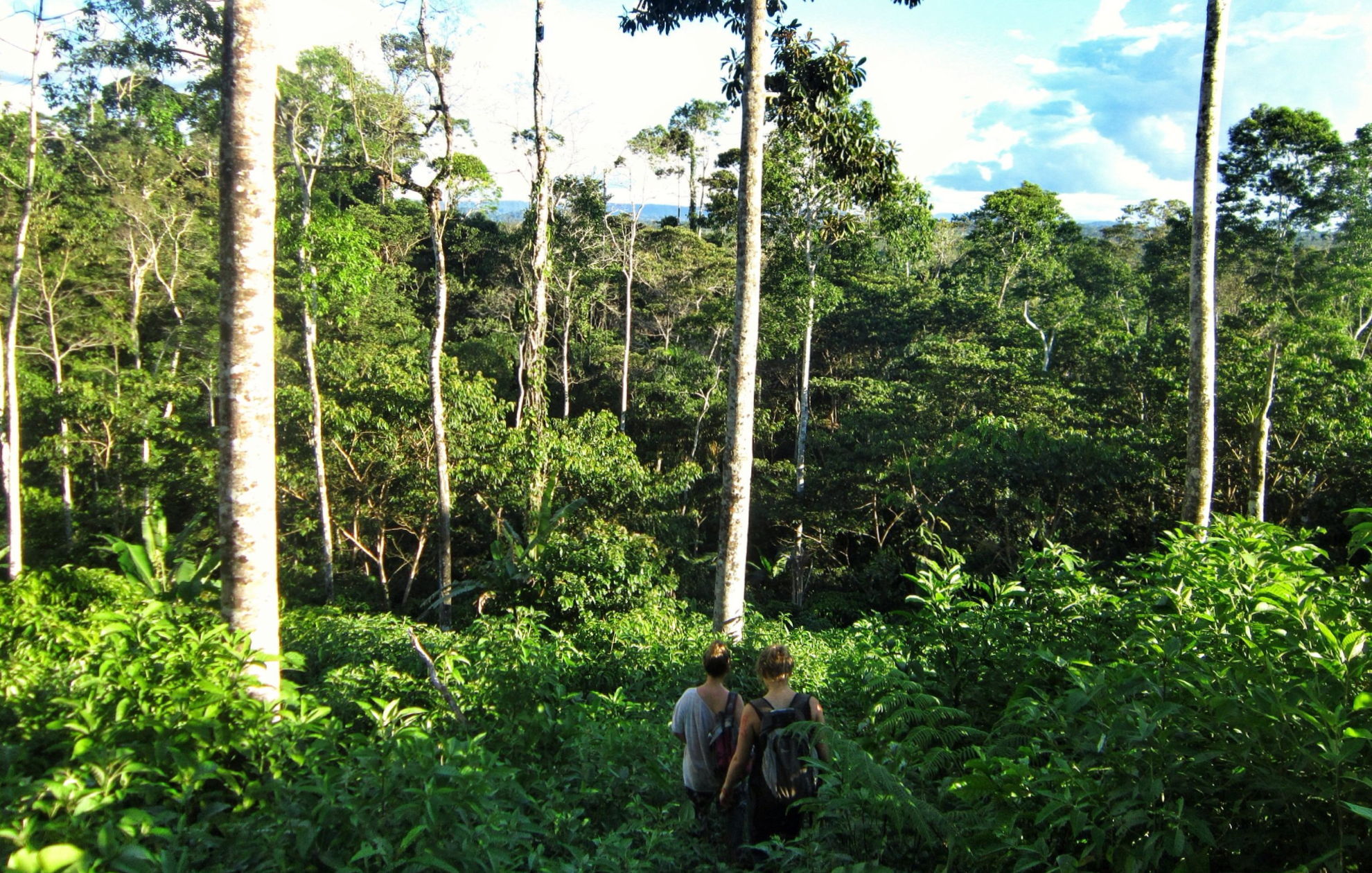
Frequently Asked Questions About Uganda Safari Adventures
Uganda is full of unique safari experiences, from gorilla trekking to wildlife safaris. Here are answers to common questions to help plan your journey with ease and confidence.
What makes Uganda a special safari destination?
Uganda is home to over half of the world’s mountain gorillas, making gorilla trekking its highlight. It also offers chimpanzee trekking, diverse wildlife, snow-capped mountains, and savannah safaris all in one trip.
When is the best time to visit Uganda?
Uganda can be visited year-round, but the drier months of December to February and June to September provide easier trekking conditions and better wildlife sightings. Rainy seasons make trails more challenging but still rewarding.
Is Uganda safe for travellers?
Yes. Uganda is considered safe for visitors, with hospitable locals and well-organized safari operators. Guides ensure your comfort, and most areas frequented by tourists are secure and welcoming.
Is Uganda expensive compared to other safari destinations?
Uganda is more affordable than Kenya, Tanzania, or Rwanda. While gorilla permits add cost, overall safari prices remain budget-friendly, with options ranging from mid-range to luxury experiences.
What kind of food can I expect in Uganda?
You’ll find fresh, international-style dishes at lodges, often made with local produce. Some properties host “Ugandan nights” featuring traditional meals such as matoke, grilled meats, and maize-based dishes.
Do I need to be fit for gorilla trekking?
Yes, moderate fitness is required. Treks can last up to six hours through hilly, forested terrain. Chimpanzee trekking is usually shorter but still requires comfort with walking long distances.
Is Uganda suitable for family travel with children?
Absolutely. Ugandans are welcoming to families, and safaris can be tailored for all ages. Children under 15 cannot trek gorillas, but they can enjoy other wildlife and cultural activities.
Can I travel solo in Uganda?
Yes, Uganda is popular with solo travellers. Guides ensure safety, and small lodges offer friendly environments to meet other travellers. Solo itineraries can also be customized for flexibility and budget.
How far in advance should I book a safari?
For gorilla trekking, book at least 12–18 months ahead as permits are limited and in high demand. For other activities, a few months ahead is usually sufficient.
How do travellers get around in Uganda?
Most safaris use 4WD vehicles for road trips between parks. Domestic flights on small aircraft connect key destinations like Bwindi and Murchison Falls. Both options provide scenic and safe travel experiences.
Adventures Deep Within Uganda’s Primate Paradise
Chimpanzees Trekking
Birding Safari
Guided Forest Walk
Wild Wonders
Uganda Travel Treasures
Uganda Safari Gems
Explore Uganda’s parks, forests, and wildlife.
From gorilla trekking in Bwindi to tree-climbing lions in Queen Elizabeth and chimpanzee encounters in Kibale, Uganda’s destinations promise unmatched adventure, scenic diversity, and memorable wildlife experiences for every traveler.
Creating Your Dream Safari, The Way You Want it
Kingse Safaris Africa offers customized tours tailored to your needs. Everything about your trip can be altered to suit your travel style, from the activities to the schedule. Join us and design your dream journey with us!







